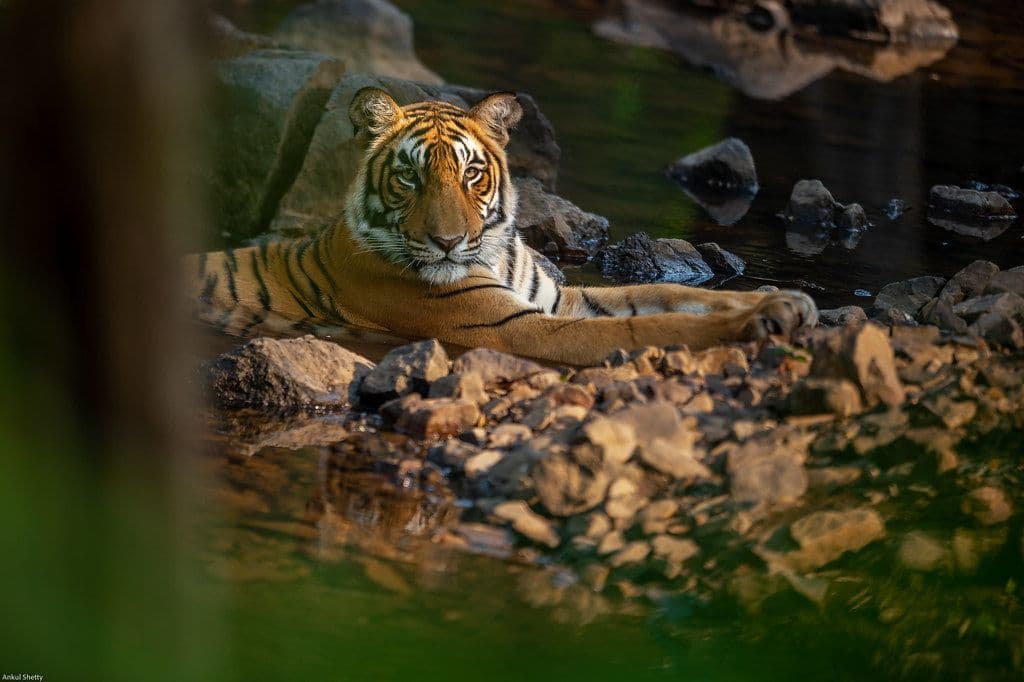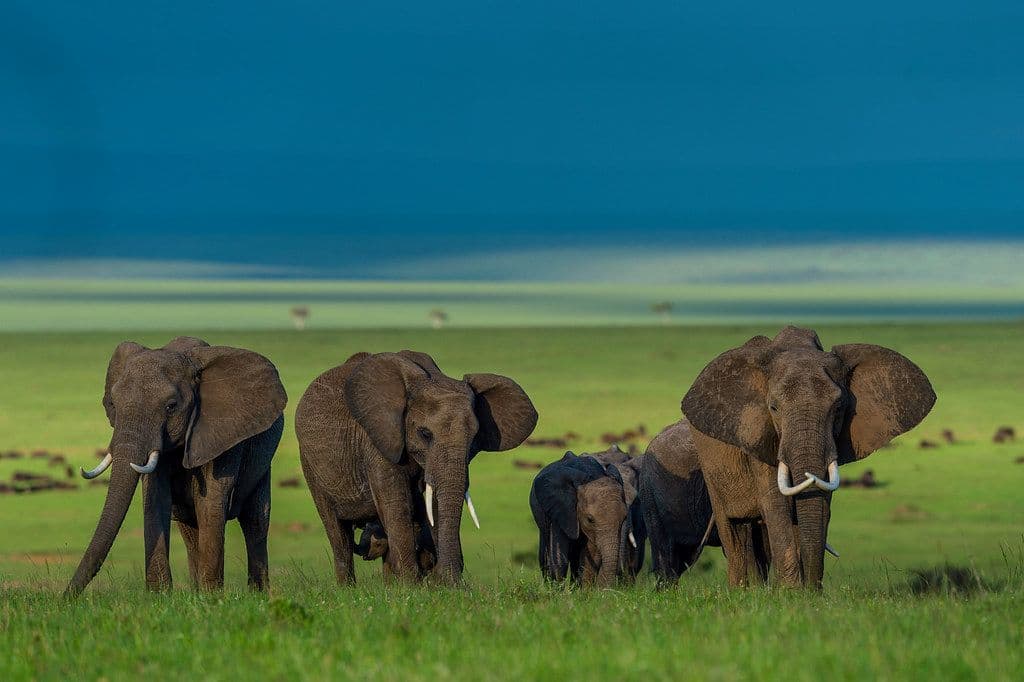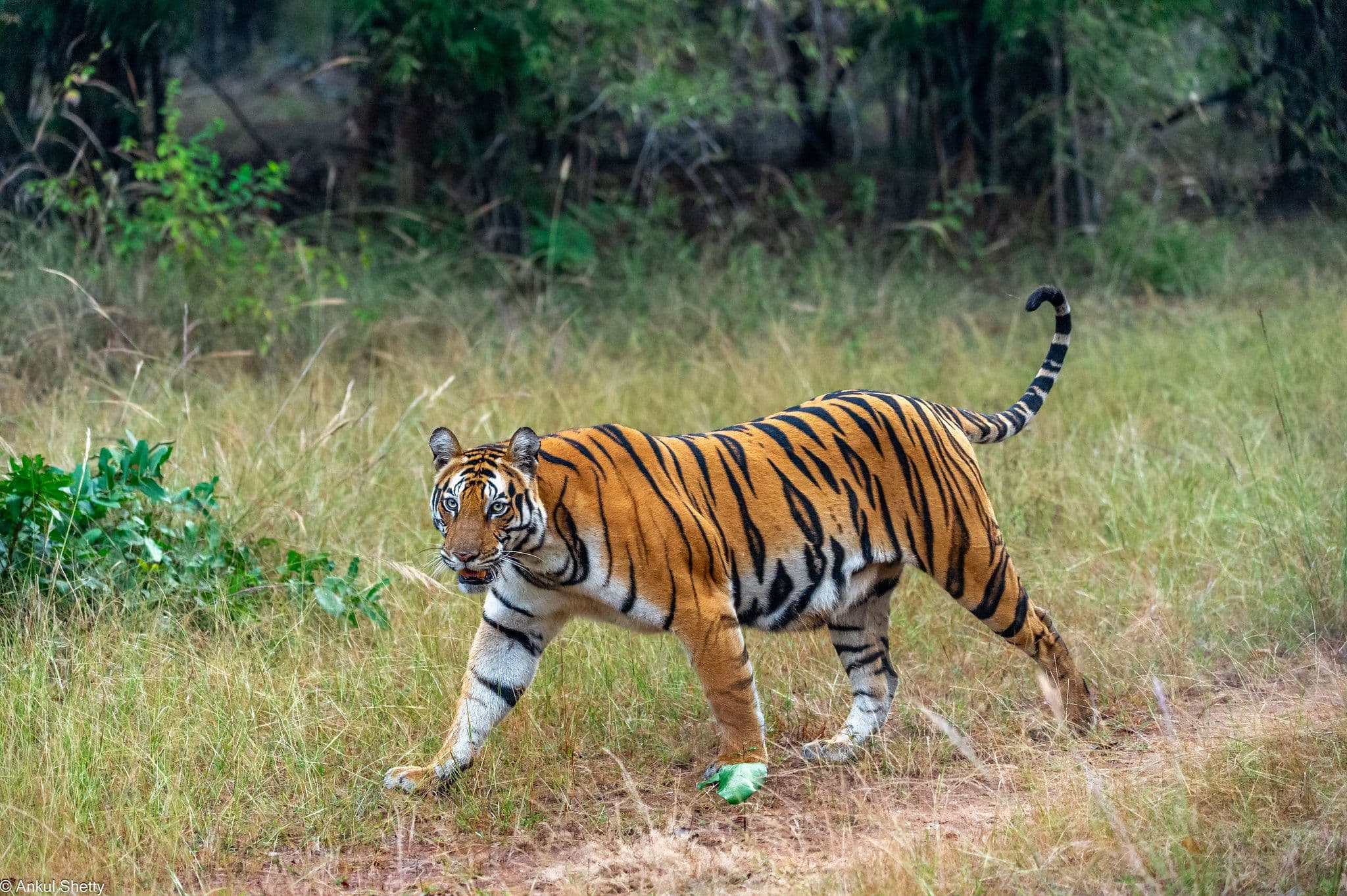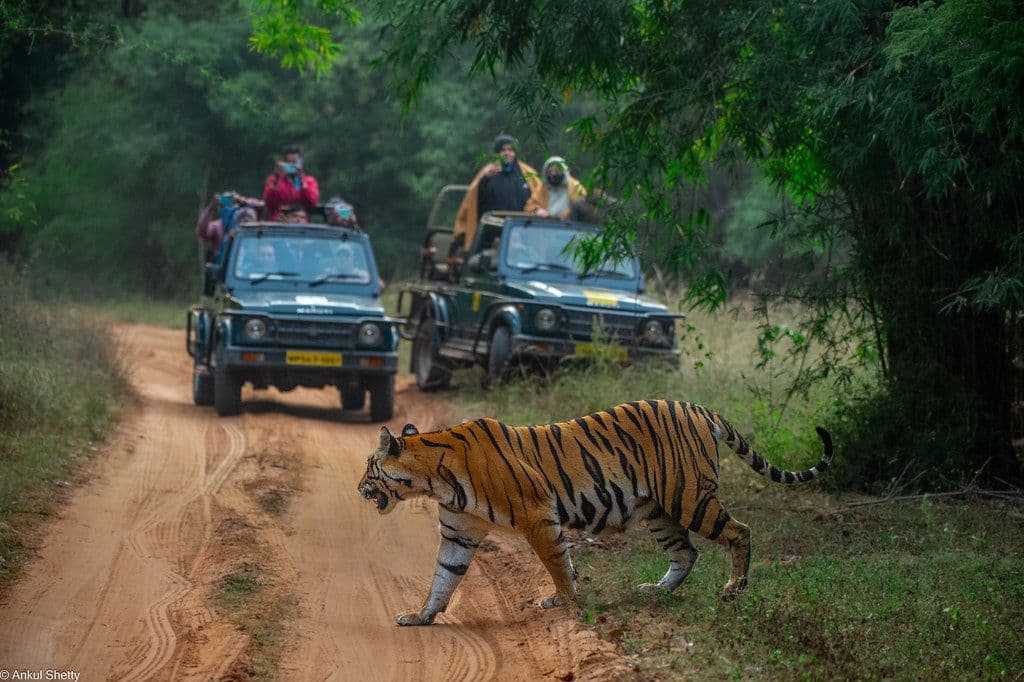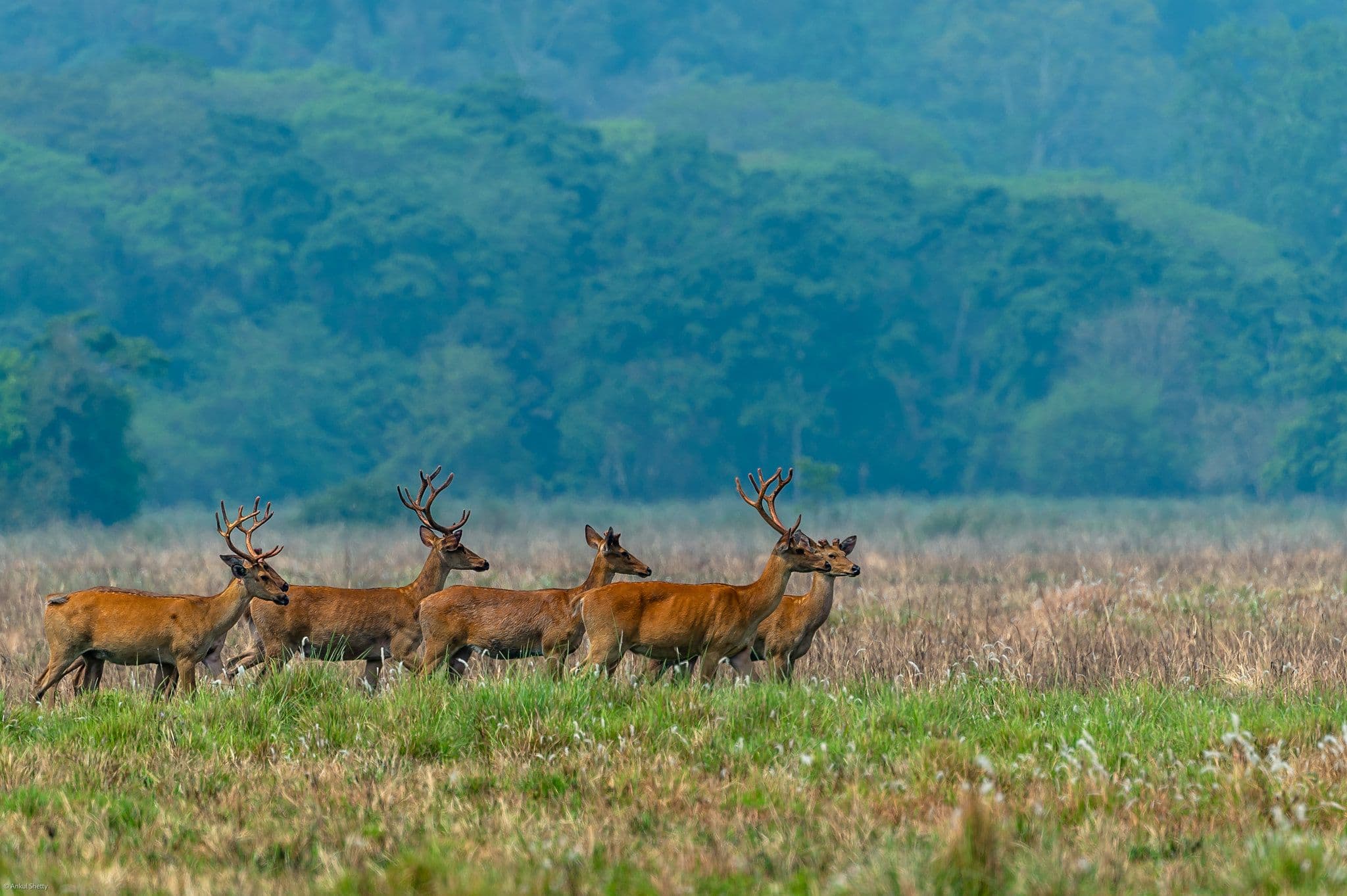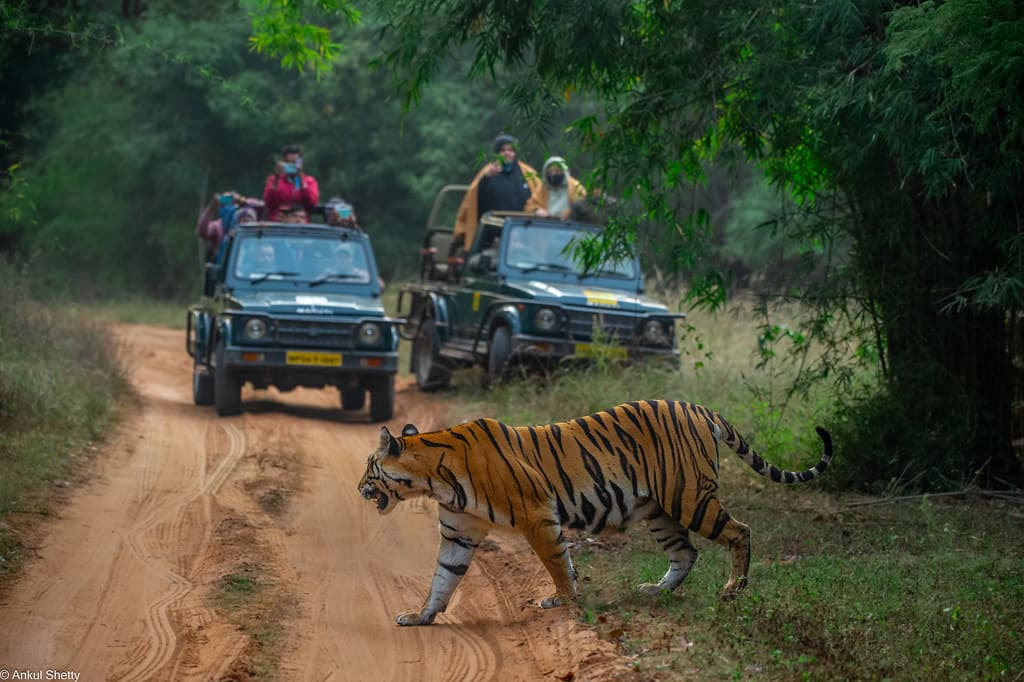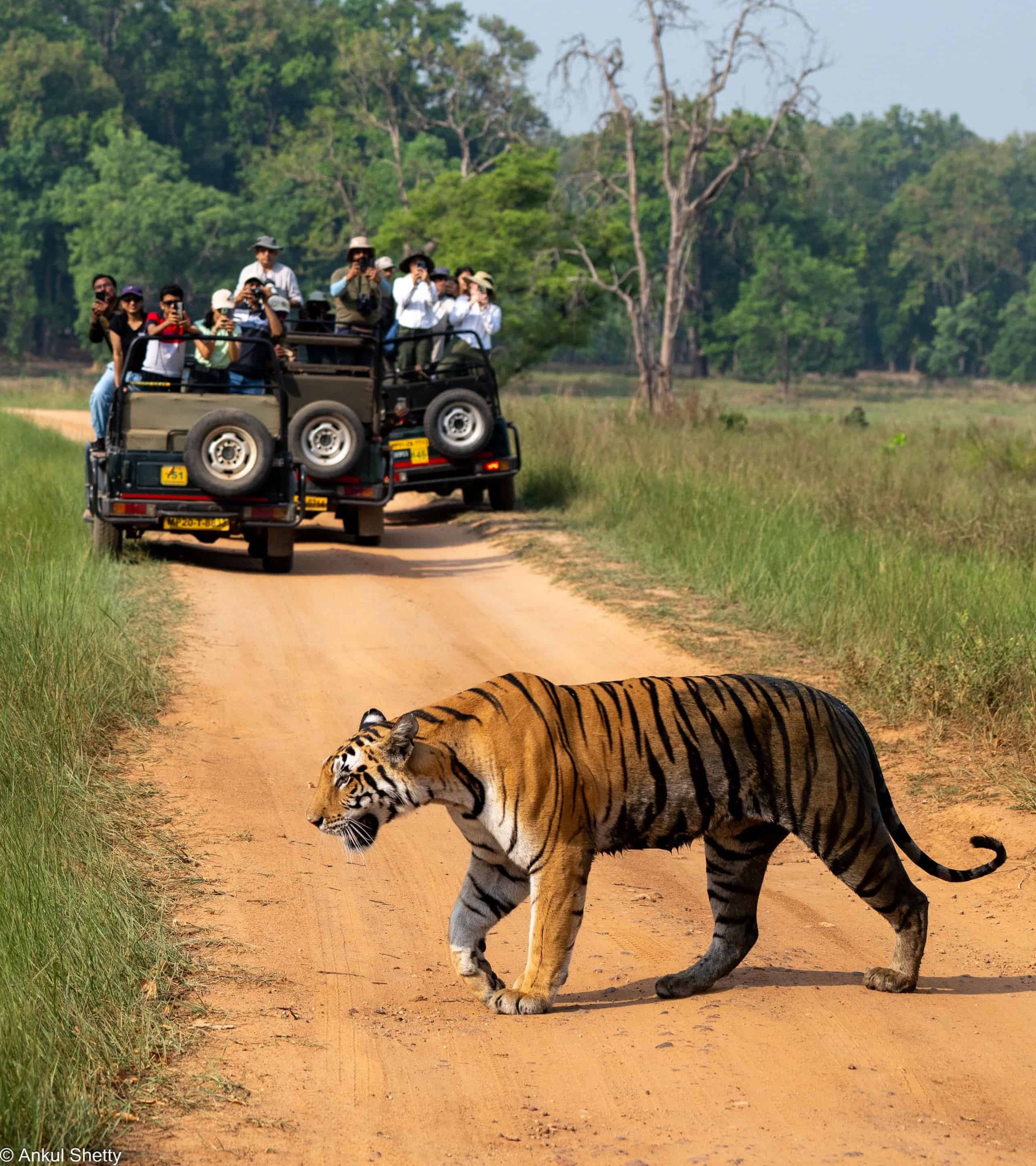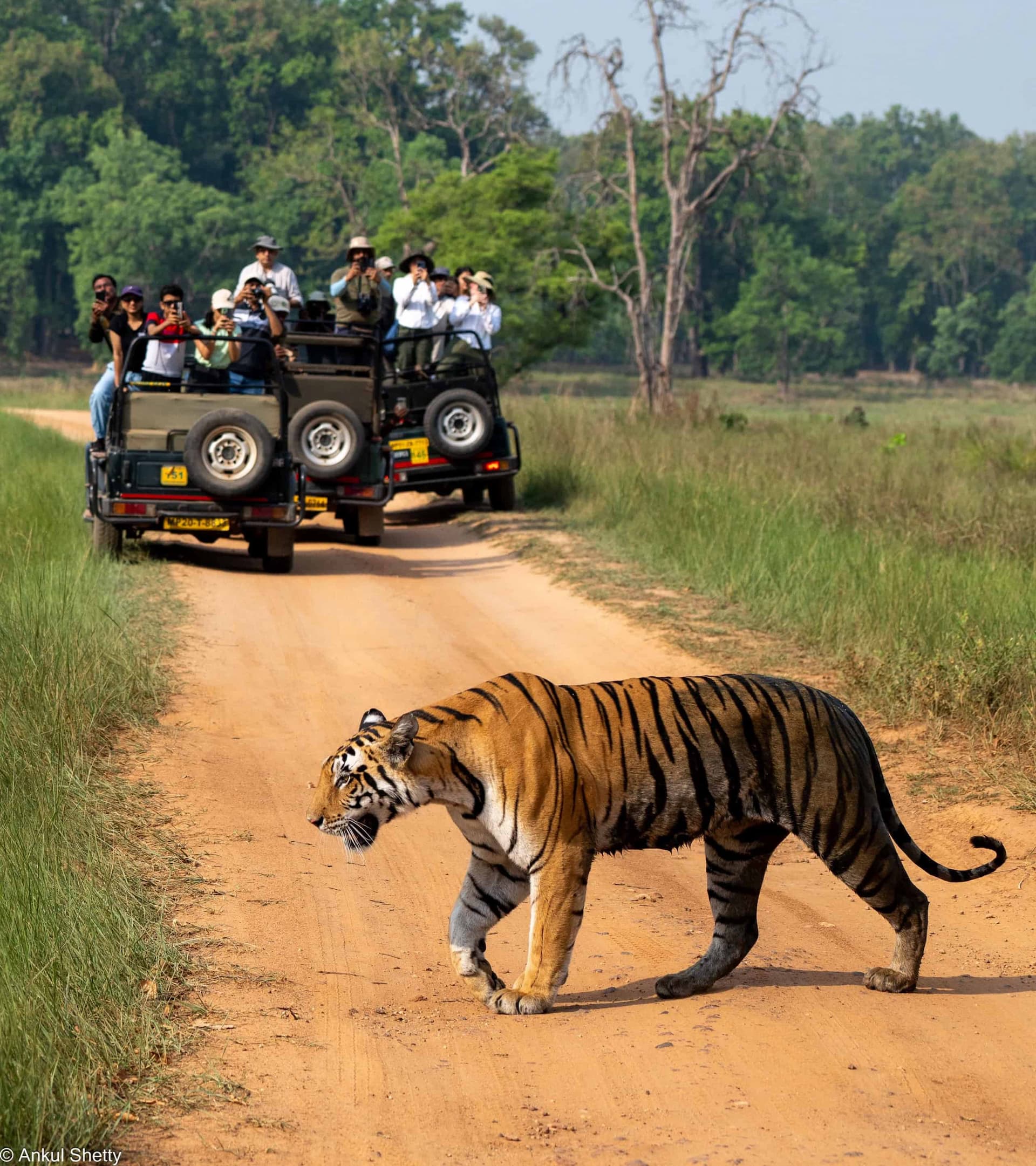Upcoming Tours
Revealing the Magic of Nature
Have you ever dreamt of capturing the piercing gaze of a majestic tiger, the graceful flight of a hornbill, or the raw power of a rhinoceros in its natural habitat? Or perhaps you've envisioned the snow-capped peaks of the Himalayas, framing the elusive snow leopard in its pristine environment. Through your lens, experience the breathtaking diversity and splendour of the animal kingdom, capturing the essence of wildlife in its purest form.
Beyond India: A World of Wildlife Awaits
Venture beyond India's rich wildlife to Africa's untamed savannas. Witness the Great Migration as thousands of wildebeest brave crocodile-infested rivers in their timeless quest for survival or encounter the Big Five while enjoying luxurious tented camps.
From India's jungles to Africa's plains, The Wild Terrain turns your wildlife photography dreams into reality.

